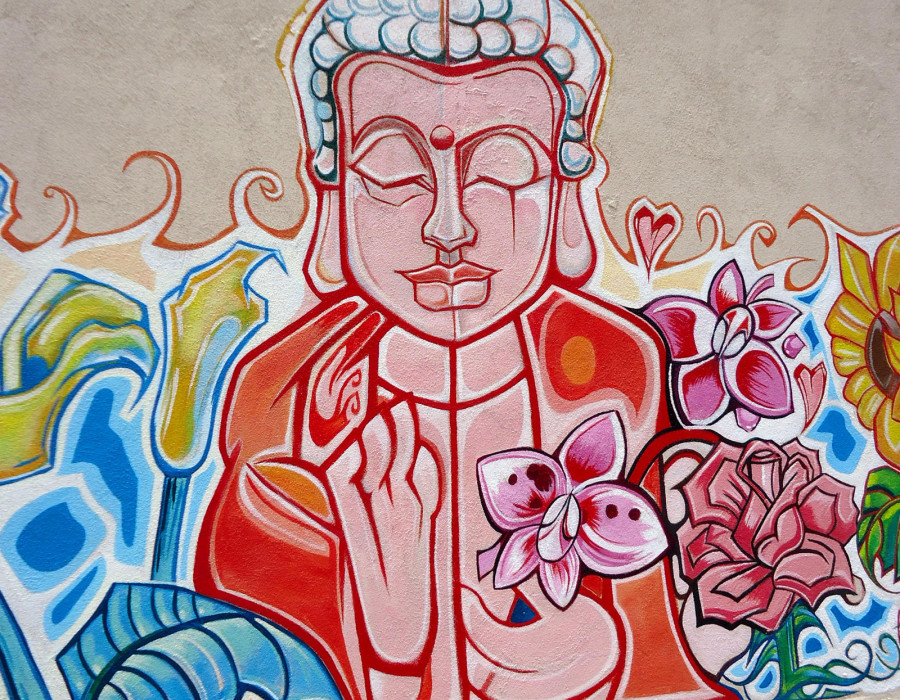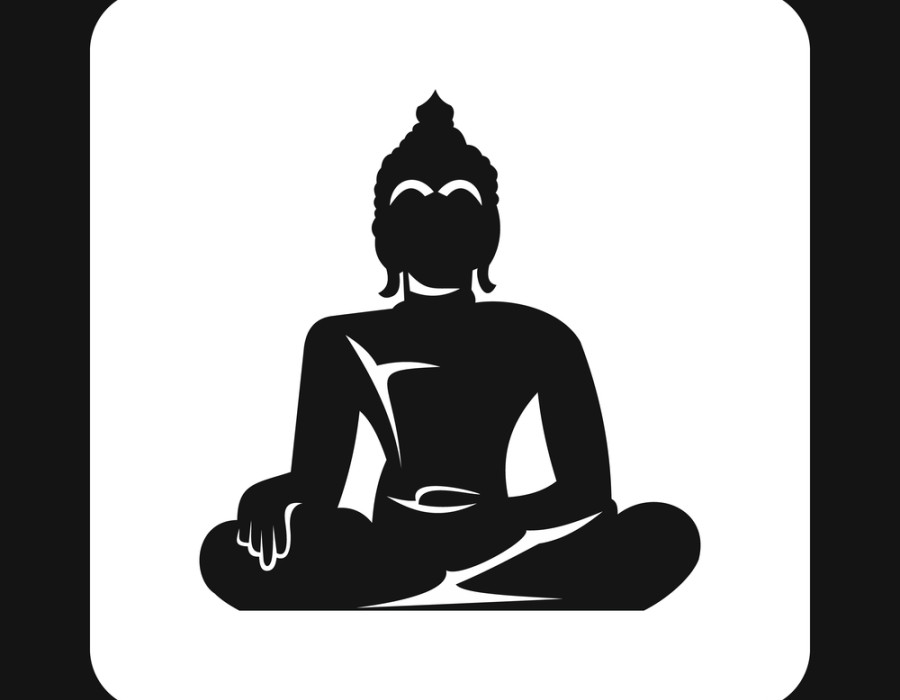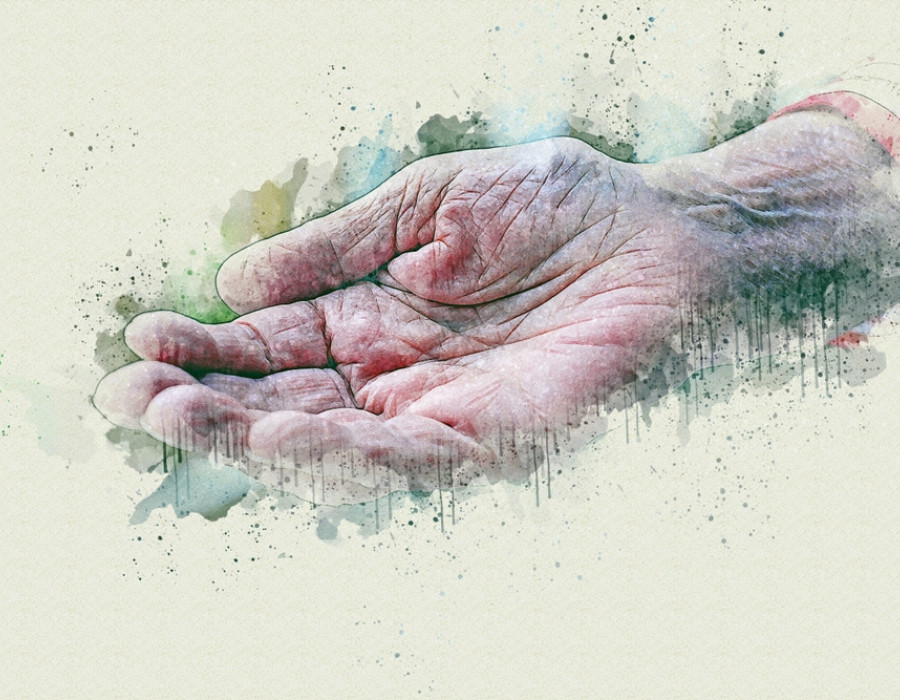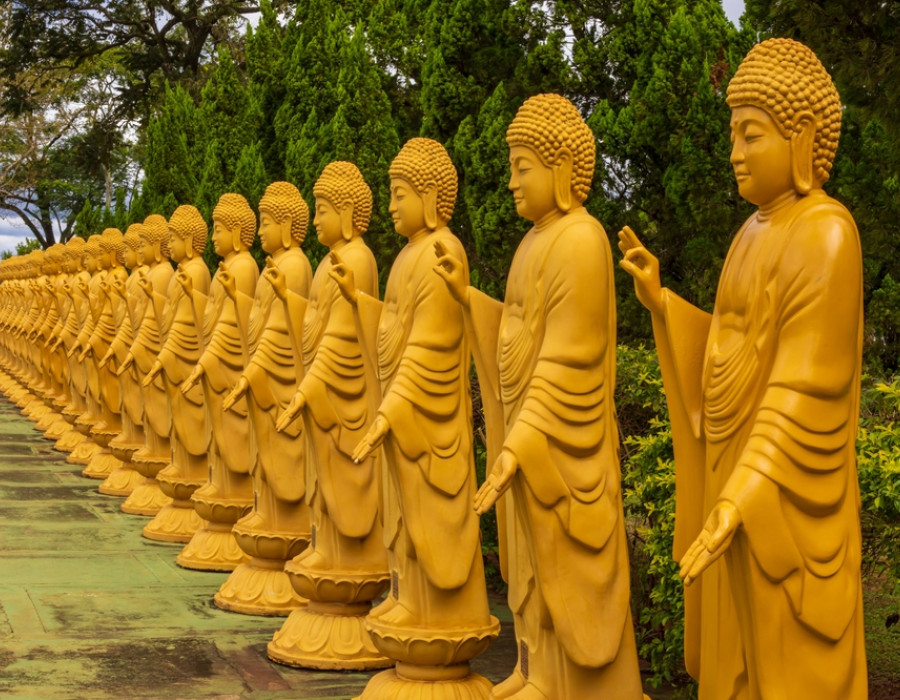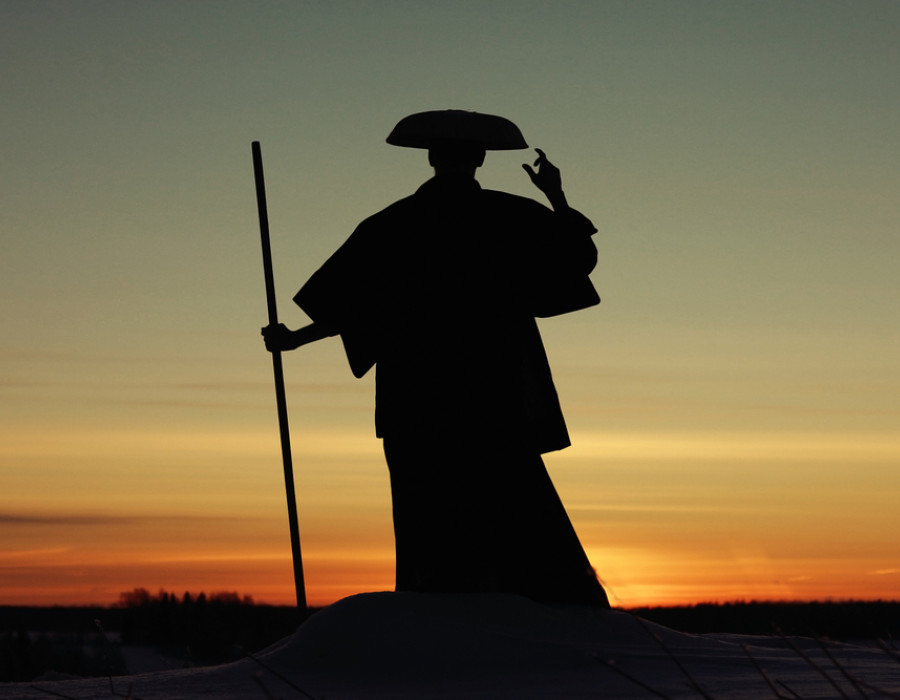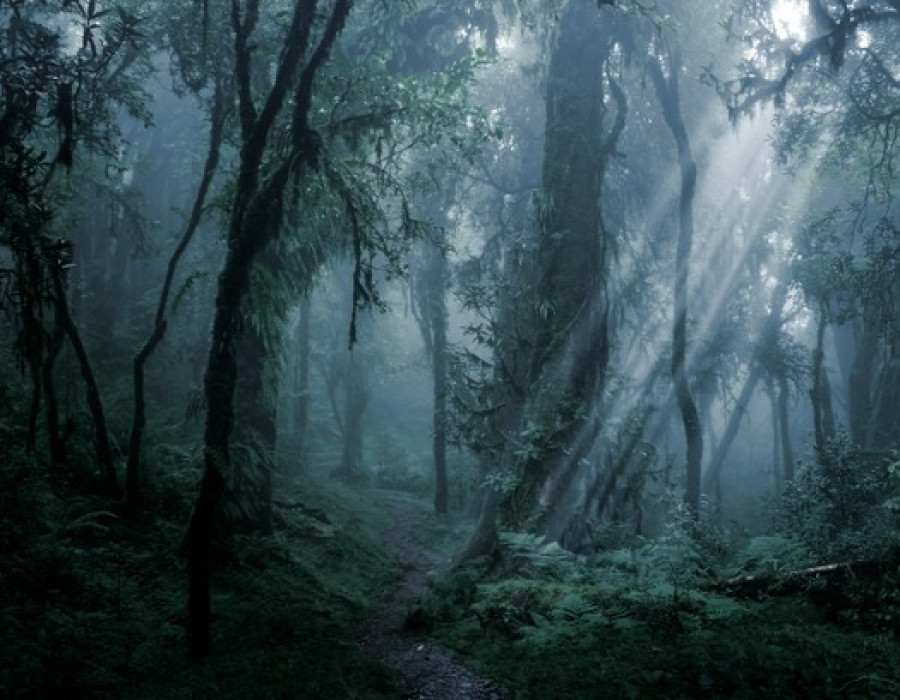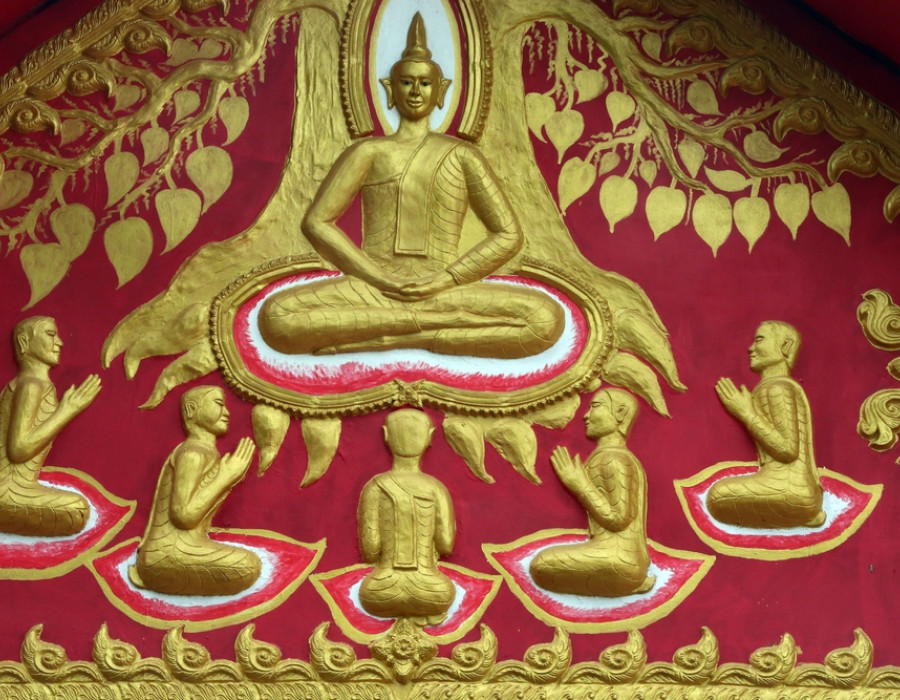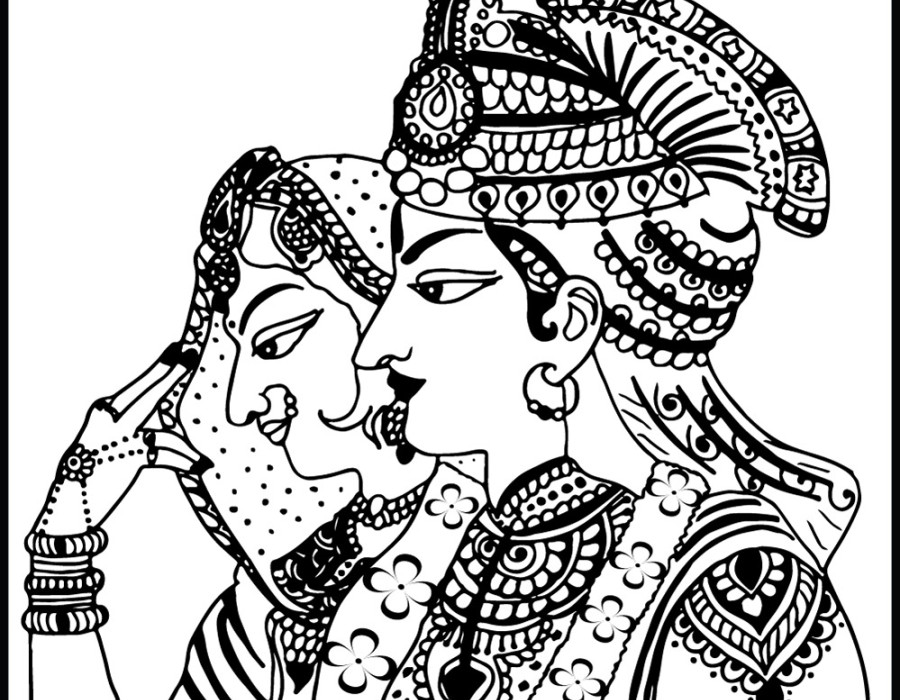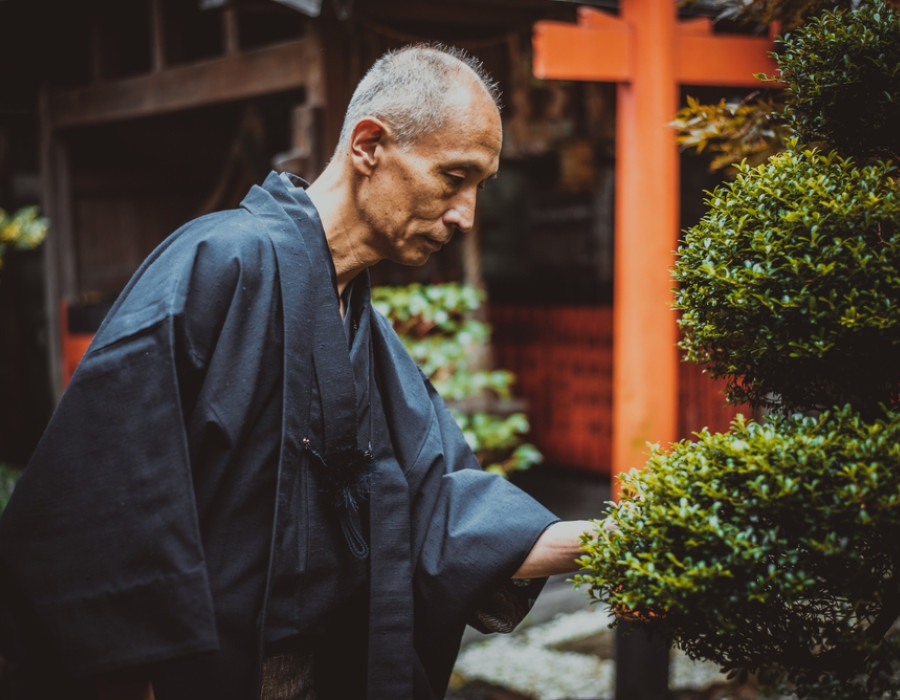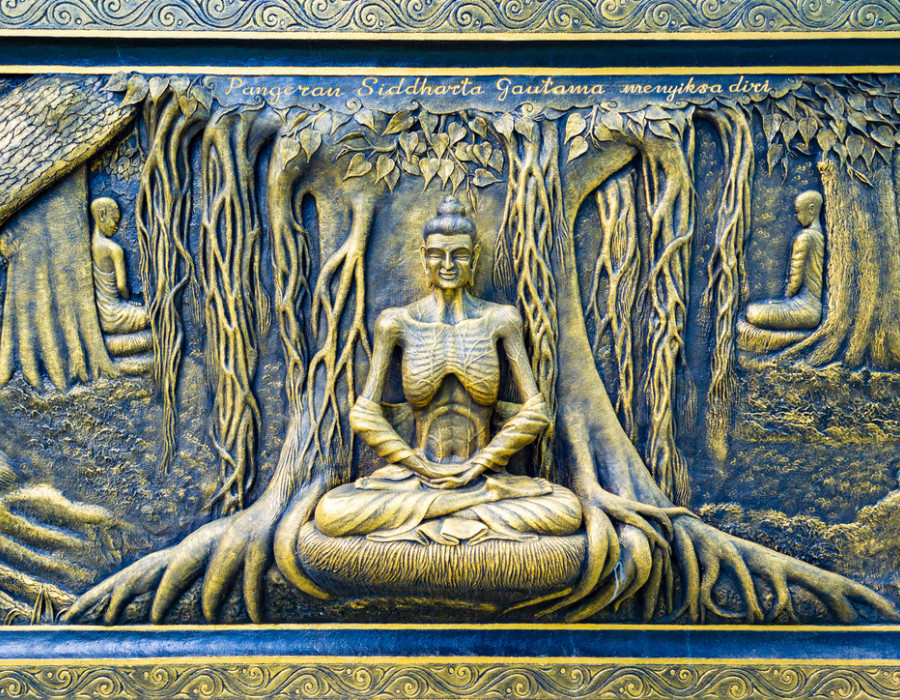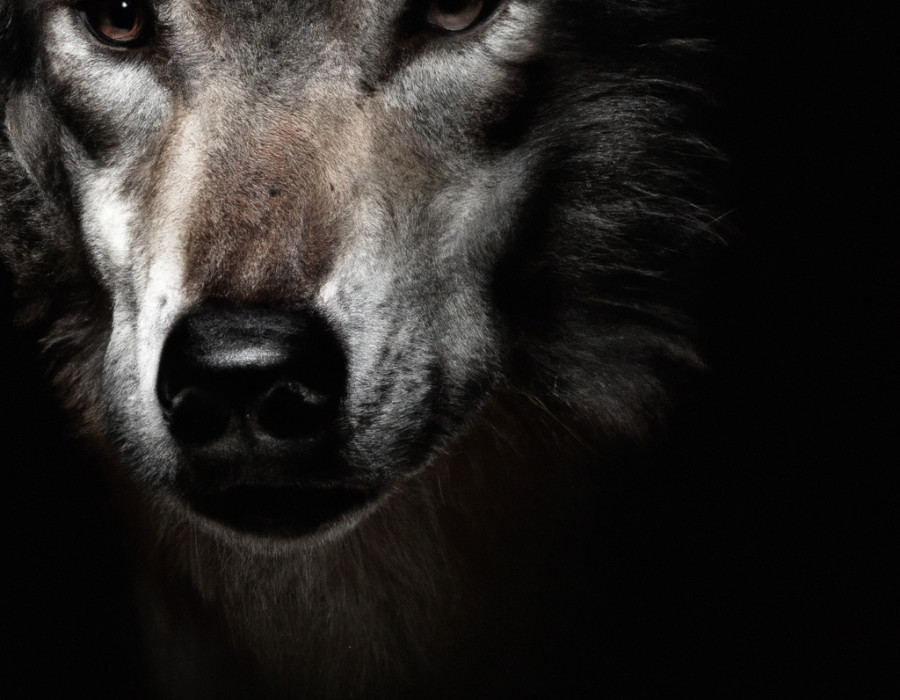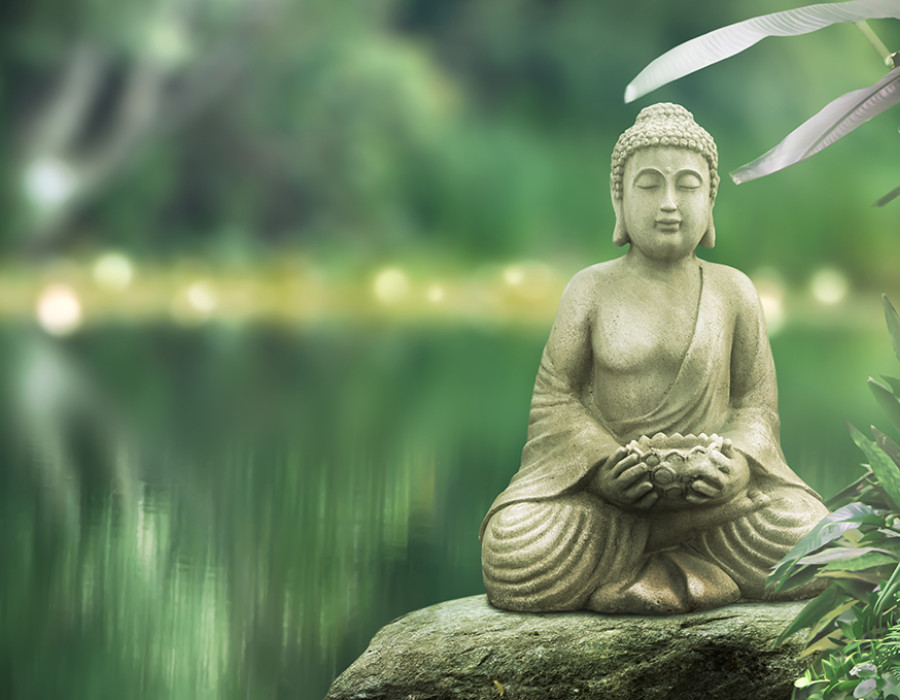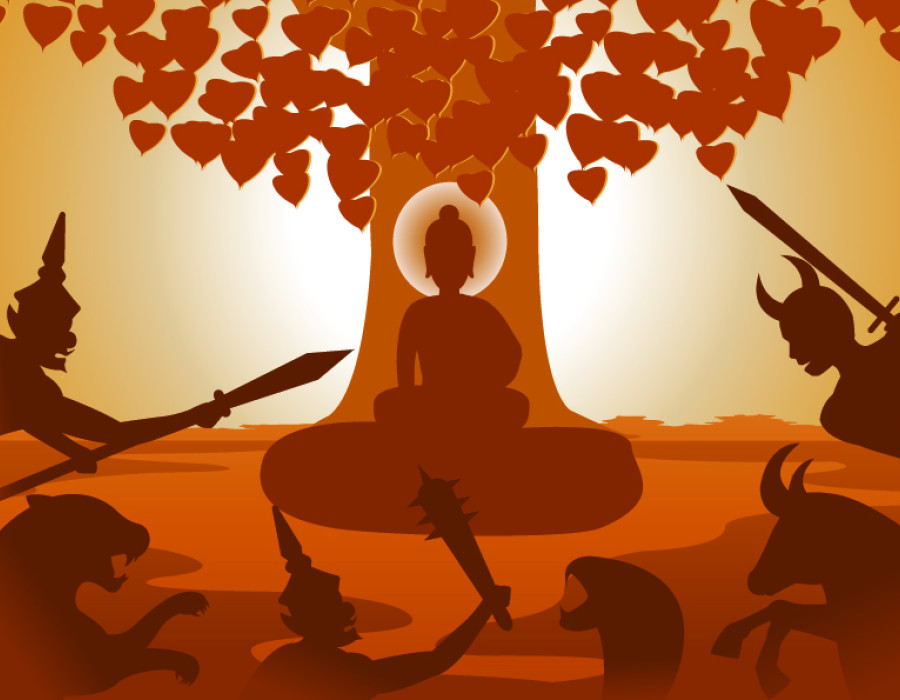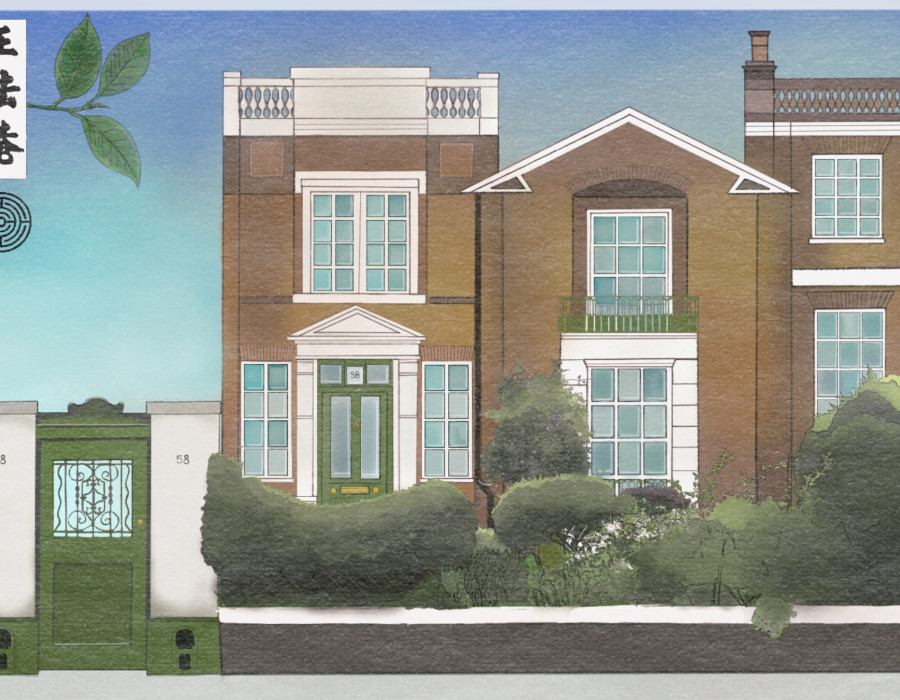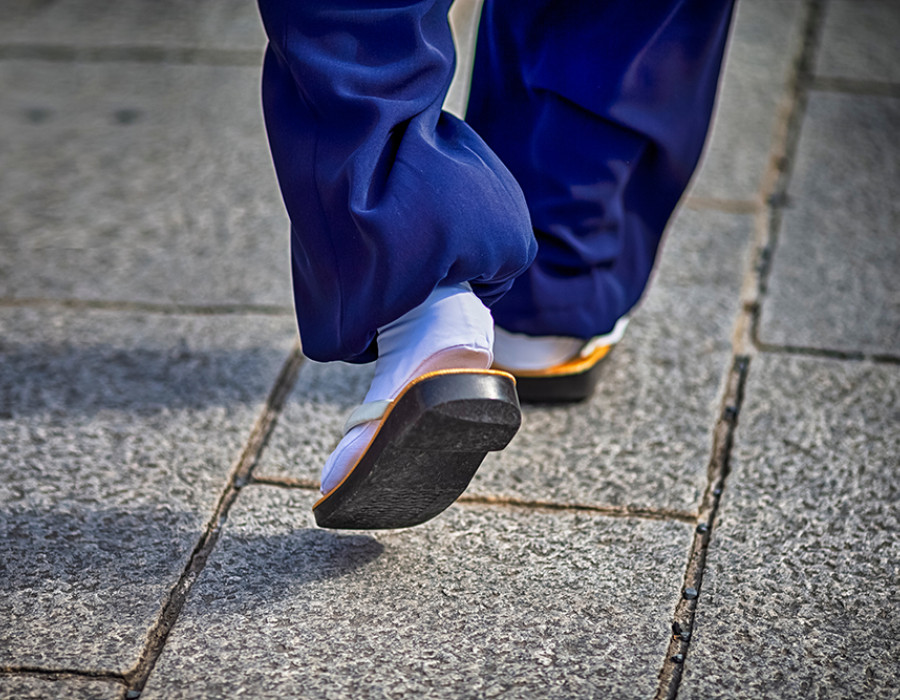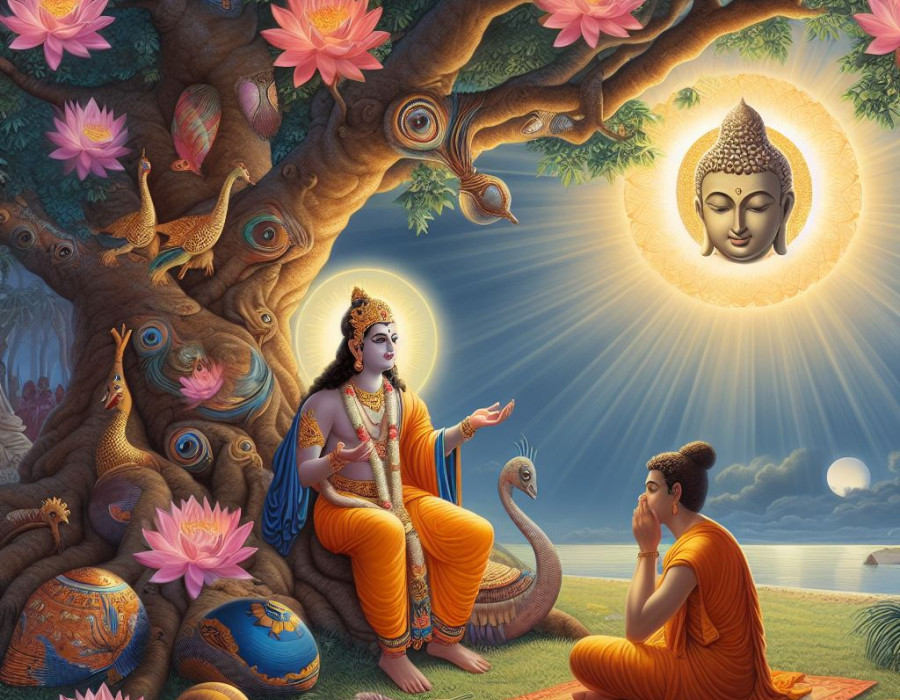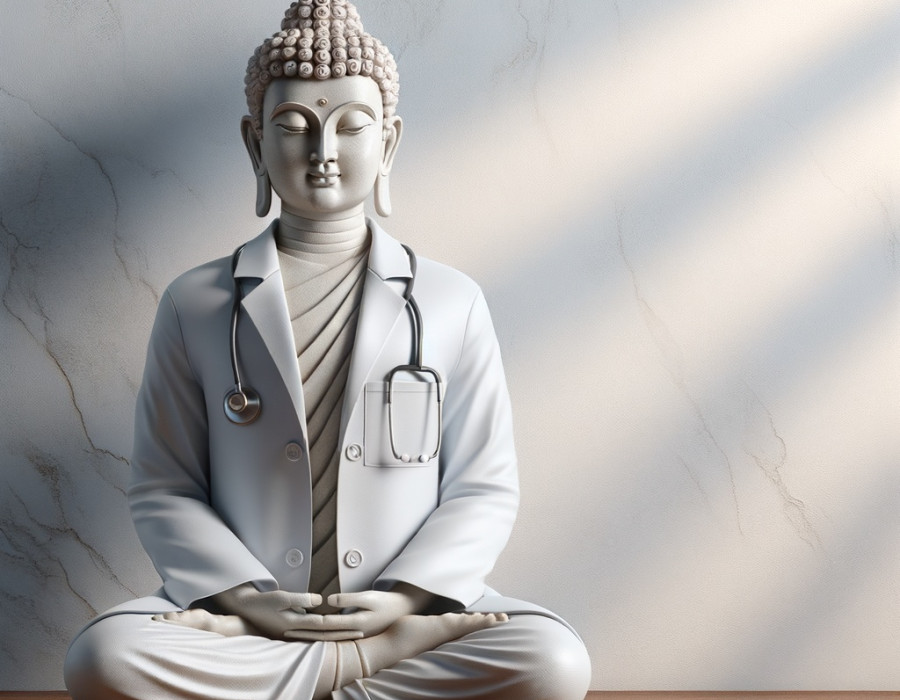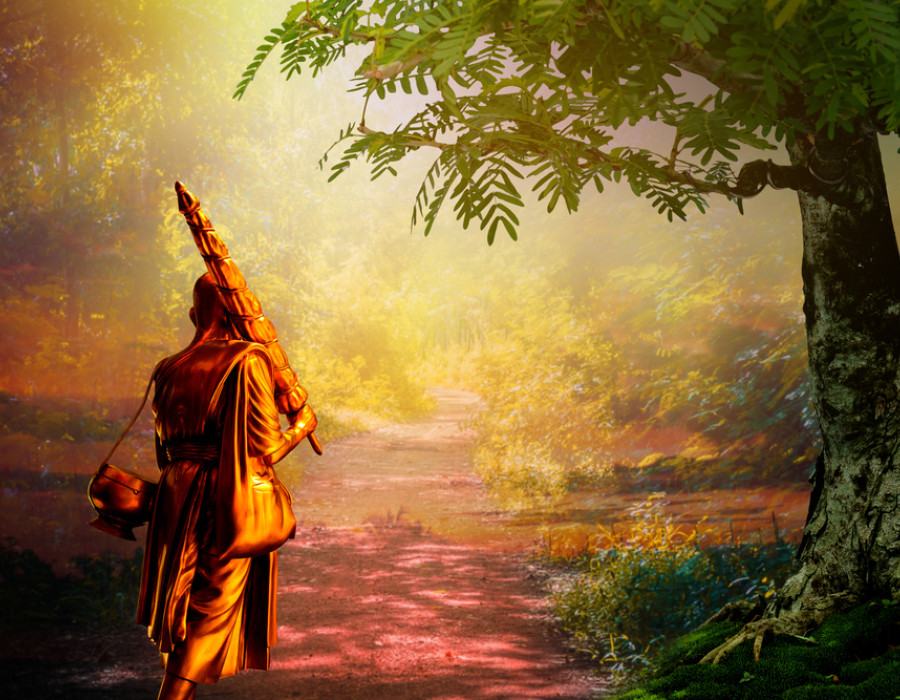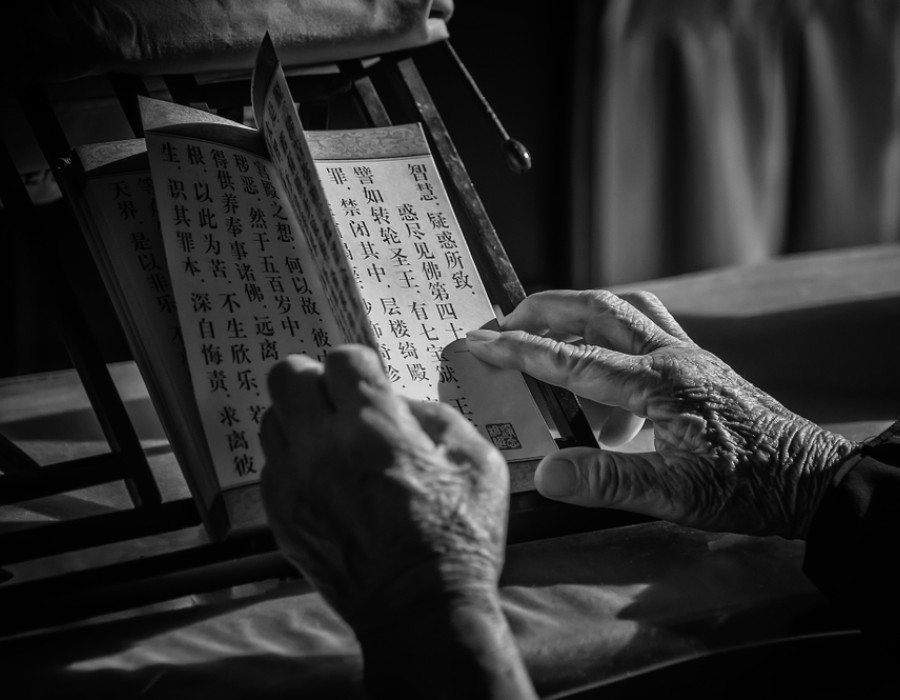25. The Buddha Looks for His Friends
THE BUDDHA BLOG
Having become the Buddha, the newly awakened ascetic makes his first attempt to teach what he has discovered.
 ©
© Shutterstock
The Buddha is ready to set off from the spot where he became enlightened, and start teaching. He wonders:
“Who do I know who has little dust in their eyes?”
I ask Jizo what the Buddha means by ’dust’, and he covers his eyes with the palms of his hands.
“Imagine that a speck of dust gets in your eyes. What’s the first thing you do?”
I think to myself, “This is obvious” but I say: “You shut your eyes.”
Jizo nods.
“That’s right. The dust blinds you. In the same way, our desires blind us so we can’t see the truth of the Buddha’s words. The Buddha tries to think of someone he knew who isn’t so attached to his desires.”
The Buddha’s former teachers are already dead. His five followers have left him, but I suppose he knows where they are. If not, he makes an incredibly good guess. They’re in a deer park over a hundred miles away near a city called Varanasi. It’s still around, but it is now called Benares. You called it India’s holiest city, but did you know it was not only used by Hindus, but also by Buddhists? Anyway, the Buddha decides to find his old friends there.
On his way to Varanasi, the Buddha comes across a naked ascetic who notices that he has a special glow about him.
“Who is your teacher, friend? And what law do you teach?”
The Buddha is like all Brahmins and truth seekers in India. He comes straight out with the truth.
“I have no teacher, and my like exists nowhere in the world.”
He tells the ascetic that he alone is enlightened and is going forth to teach the Law, but the ascetic is unimpressed. He mutters:
“May it be so.”
Then the ascetic takes a different route. It isn’t a very good omen. The Buddha’s first attempt to teach, if you can call it that, has been a quick failure. Soon after, he arrives at the Deer Park. His five friends spot him from a distance. They agree not to pay him respect:
“Here comes the monk Gautama. He gave up his struggle to find liberation. We must not pay homage to him”
Nobody gets up, but as soon as the Buddha gets close, they find they can’t keep their pact. I can imagine him walking up to them just like Jizo: not too fast, not too slow. He nails it. Perfect! One of the monks takes his begging bowl. Another offers him a seat. Another brings him water, a towel, and a footstool for his tired feet. Like the naked ascetic they address him as “friend”, but he isn’t having any of it. Siddhartha the prince and Siddhartha the ascetic are in the past. They’re gone. He tells them to call him the Buddha. Now that he’s enlightened, that’s what he expects to be called:
“ I shall teach you the Law. By realizing it yourselves here and now through direct knowledge, you will enter the Holy Life.”
But his fellow monks still have trouble understanding how he became enlightened after returning to a life of luxury. At least this is how they see it. So, the Buddha explains that there are two extremes to be avoided: a life devoted to pleasure and a life devoted to hardship. Both are harmful and unworthy and lead nowhere. Then he tells them about the Middle Way between these two extremes. He also tells them about the Four Noble Truths. Whatever he says, he seems different now. He’s the Buddha.
Kondanna has a flash of insight while he’s sitting there and becomes the first one to really get what the Buddha is talking about. Soon everyone is convinced. The Buddha’s first try at being a teacher is called the First Turning of the Wheel of the Dharma. He says he didn’t invent anything new. It’s more like finding an old forgotten road to an ancient city. But the city is hidden in your own heart.
After 2500 years, a kid like me is here listening to this stuff, so the mighty wheel must still be turning.
THE BUDDHA BLOG | Michael Haggiag
Books


